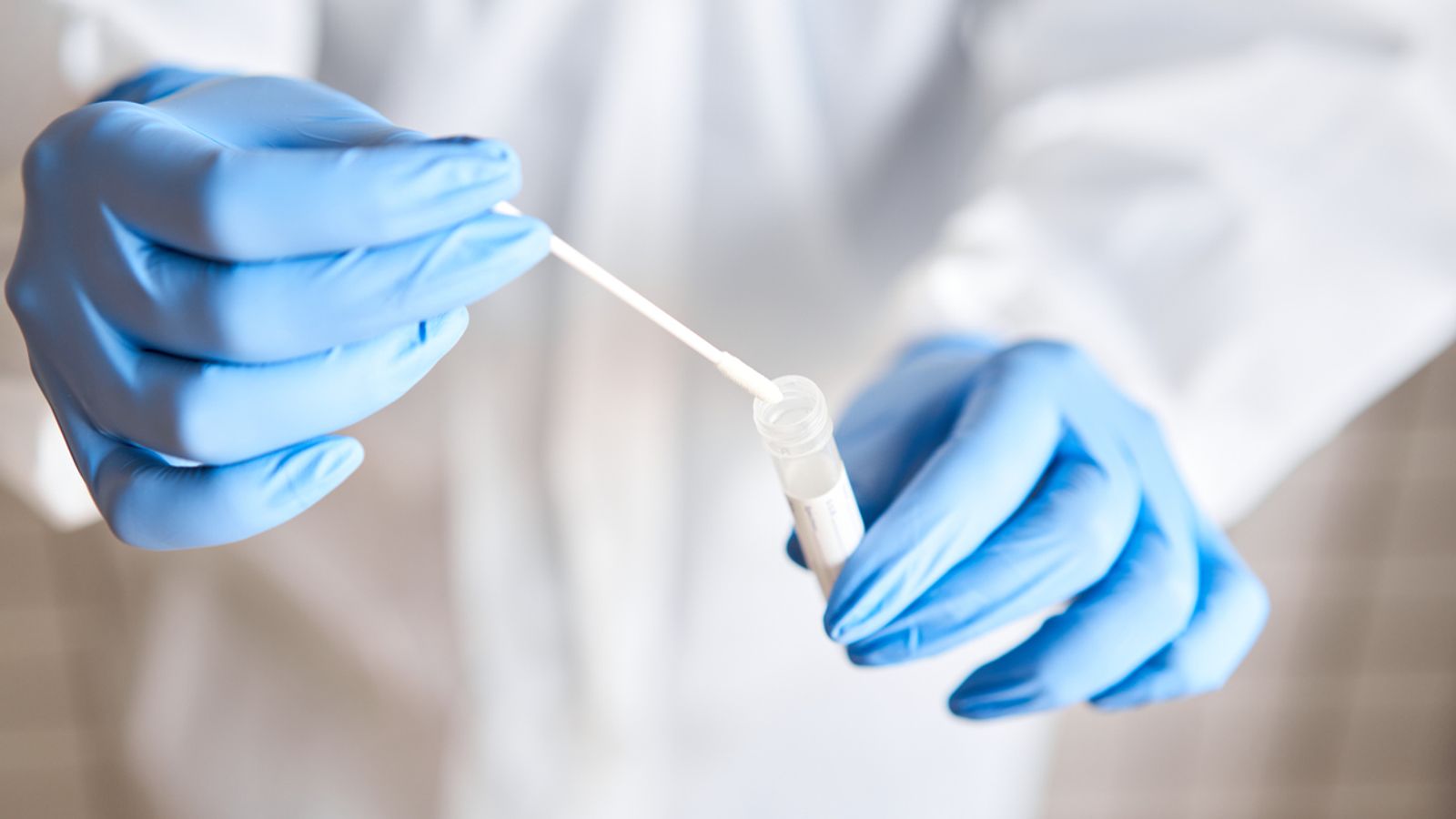UK scientists are using what they learned during the pandemic to launch a new initiative to track the evolution and spread of other dangerous respiratory viruses and bacteria that are a major contributor to pressure on the NHS.
As well as helping the health service prepare, the approach could contribute to a global early warning system for new pandemic threats.
“We aim to help answer some of the most pressing public health questions, while at the same time addressing some of the gaps in our basic knowledge about respiratory infection and health,” says Dr Ewan Harrison at the Wellcome Sanger Institute in Cambridge which is leading the initiative.
The scientists will use millions of swab samples left over from the COVID mass-testing campaign to develop a “single swab” test for a range of respiratory bugs.
Stored in refrigerated shipping containers in the car park of the Sanger Institute, the samples contain a kind of biological archive of the viruses causing whatever coughs and sneezes people had when they had a swab for COVID-19.
It’s useful raw-material to optimise their test design, but the countless samples will also provide a “baseline” of what viruses were in circulation alongside COVID over the last three years.
Combining such a test with existing programmes like the community COVID testing survey run by the Office for National Statistics will allow scientists to monitor the spread and evolution of flu and bugs like respiratory syncytial virus (RSV) that can cause large waves of illness and hospital admissions every year.
“This initiative is an exciting development in expanding the UK pathogen genomics capability that has been so vital to our health protection activity in recent years,” says Professor Susan Hopkins, chief medical advisor at the UK Health and Security Agency (UKHSA).
Please use Chrome browser for a more accessible video player
Labs like the Sanger led the world in efforts to sequence the genetic code of COVID-19. They spotted the emergence of the Alpha variant and tracked waves of infection caused by the Delta and Omicron, providing crucial information for public health officials and scientists trying to predict the growth of the pandemic.
What they proved during the pandemic is that the rapidly advancing science of genomics (the science of an organism’s genetic code) was able to give almost real-time information about disease outbreaks.
As well providing crucial information to public health planners, this genetic sequence data also informed the development of new vaccines, like those optimised to protect against the Omicron variant.
Read more:
Ambulance unions opposing strikes bill ‘putting lives at risk’
Pharmacy bosses warn over shortage of cough and cold medicines
“Maybe in August each year, if we detect flu cases, we sequence them. We can identify whether or not the flu vaccine that we’re all receiving that winter will be a match for that circulating flu virus that’s coming,” says Dr Harrison.
The Sanger scientists don’t just want the system to be deployed in the UK however. As the costs of DNA-sequencing fall they want to share their respiratory virus test methods to scientists around the world. Most respiratory viruses like flu, travel around the world with the seasons.
Distributing surveillance globally should provide a worldwide early warning system for existing pathogens. But it also offers the opportunity to spot completely new ones before they emerge potentially giving more time to prepare for the next pandemic.










